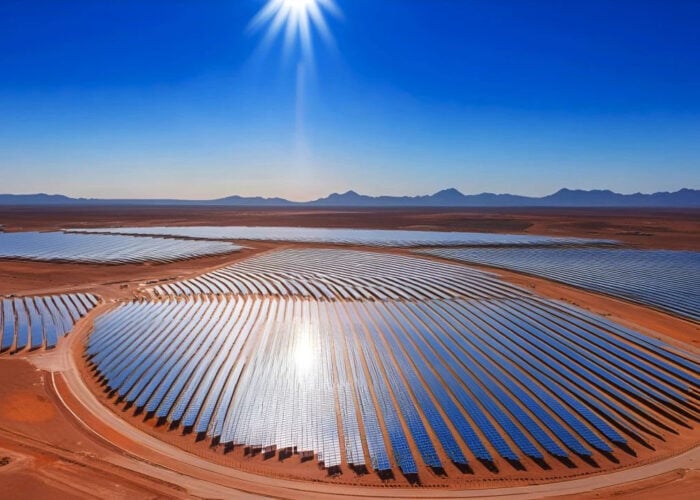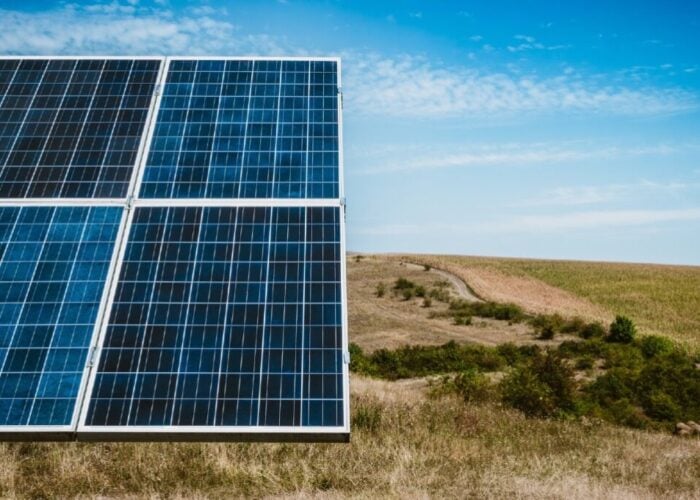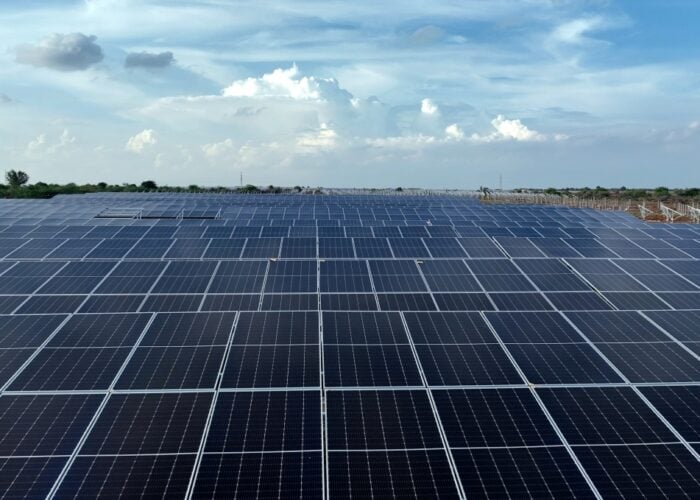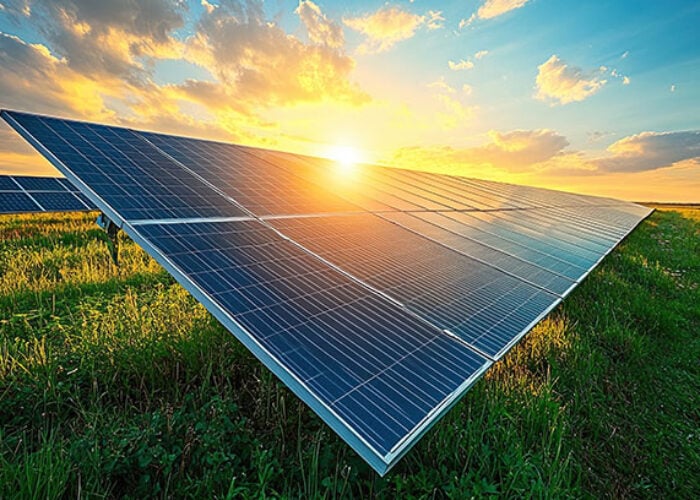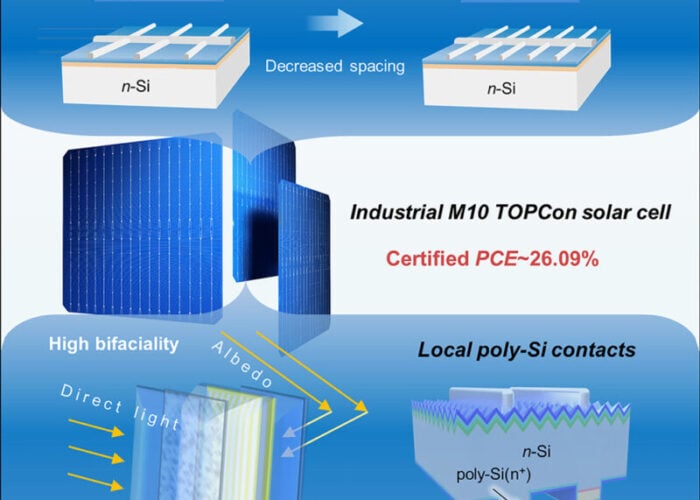NEXTracker is unveiling its self-powered tracking technology with the NEXTracker SPT at Solar Power International. The new single-axis tracker eliminates power wiring to the tracker motors, reducing material and installation costs and making each tracker row truly 'plug 'n play'. The company claims the latest advancement dramatically simplifies the design, installation and commissioning process for solar PV tracking systems. SunEdison recently signed a master services agreement with PV tracker systems firm, NEXTracker to supply 1.85GW of its tracker systems for PV power plant projects of a three year period.
Problem
Traditionally, using single axis trackers carried additional BOS (Balance of System) cost due to the need to build an extensive power distribution system for trackers to function, and provide costly backup systems as overall yield of a large-scale PV power plant can gain as much as 20% when using tracker systems.
Try Premium for just $1
- Full premium access for the first month at only $1
- Converts to an annual rate after 30 days unless cancelled
- Cancel anytime during the trial period
Premium Benefits
- Expert industry analysis and interviews
- Digital access to PV Tech Power journal
- Exclusive event discounts
Or get the full Premium subscription right away
Or continue reading this article for free
Solution
NEXTracker's NEXTracker SPT has self-tracking capabilities that are made possible by a mechanically balanced design that enables independent tracker rows to be driven with minimal motor power. A single small, dedicated solar panel with battery backup easily powers an 80-module row. Tracker operation is faster and more precise, with individual row control; this improves energy yield and enhances safety with rapid stowing in rapidly changing weather conditions. Self-tracking technology also eliminates the grid as the power source for the tracker, which means there is no 'parasitic' energy loss in the system. Each NEXTracker row has more than seven days of back-up battery power in case of loss of solar input. Combined with advanced remote monitoring of motor and battery health/charge status is claimed to offer the highest level of reliability.
Applications
Large-scale PV power plants using single axis trackers.
Platform
With far fewer foundations, ability to operate on hills with minimal site grading, self-grounding, and simplified assembly compared to standard trackers, NEXTracker is helping companies accelerate construction schedules and reduce costs. Certified to stringent UL2703 requirements, NEXTracker eliminates separate grounding materials and associated installation costs. Its independently-driven rows with wide tracking range enable maximum site flexibility, energy production and power capacity, while simultaneously reducing operating costs.
Availability
October 2014 onwards.

